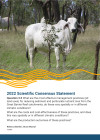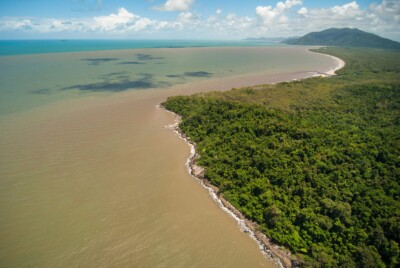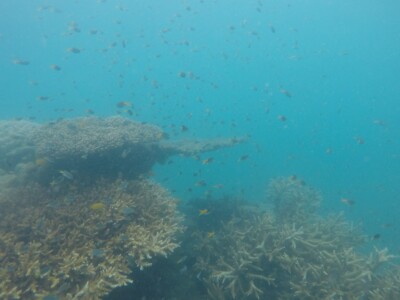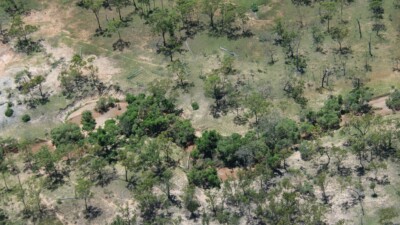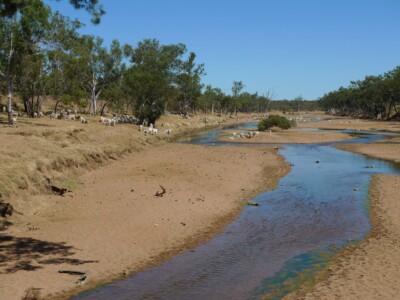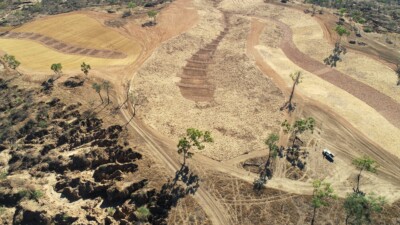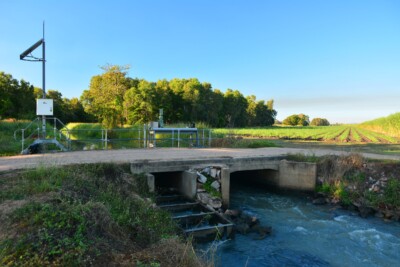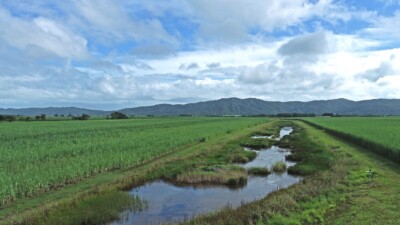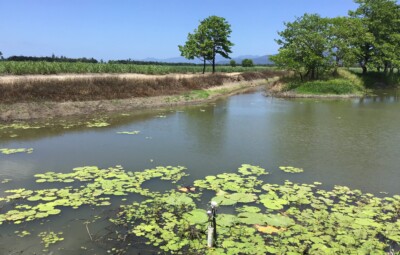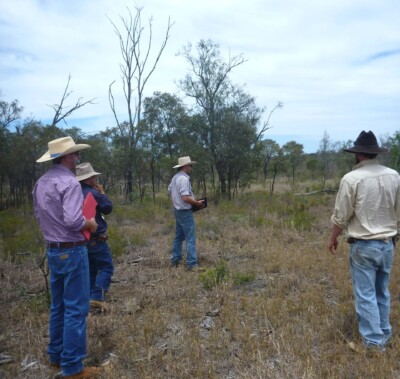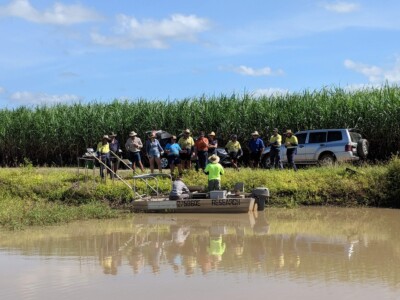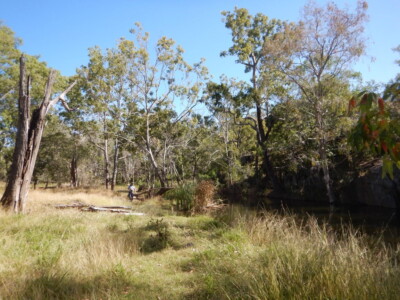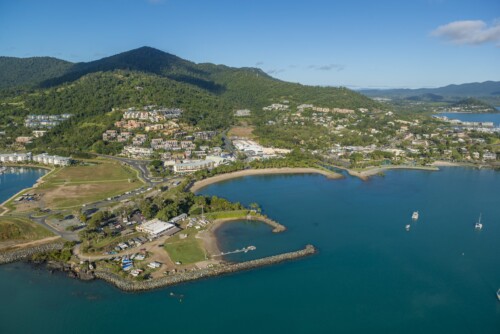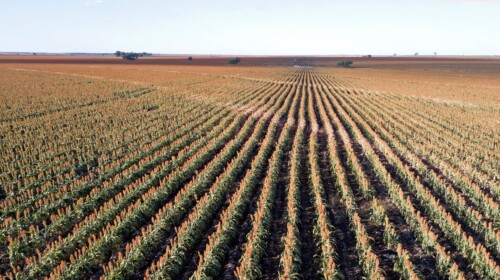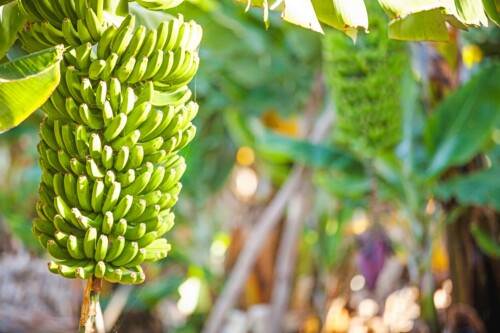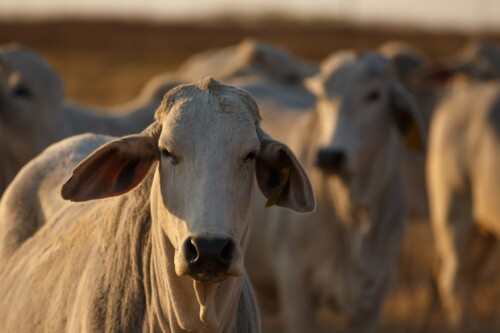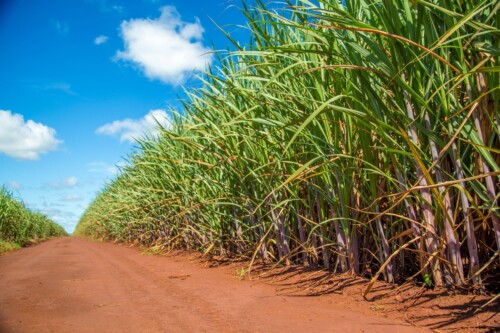Sediments and particulate nutrients

What are the most effective management practices (all land uses) for reducing sediment and particulate nutrient loss from the Great Barrier Reef catchments, do these vary spatially or in different climatic conditions? What are the costs and cost-effectiveness of these practices, and does this vary spatially or in different climatic conditions? What are the production outcomes of these practices? [Q3.5]
Authors: Rebecca Bartley1, Bruce Murray1
Affiliations: 1CSIRO
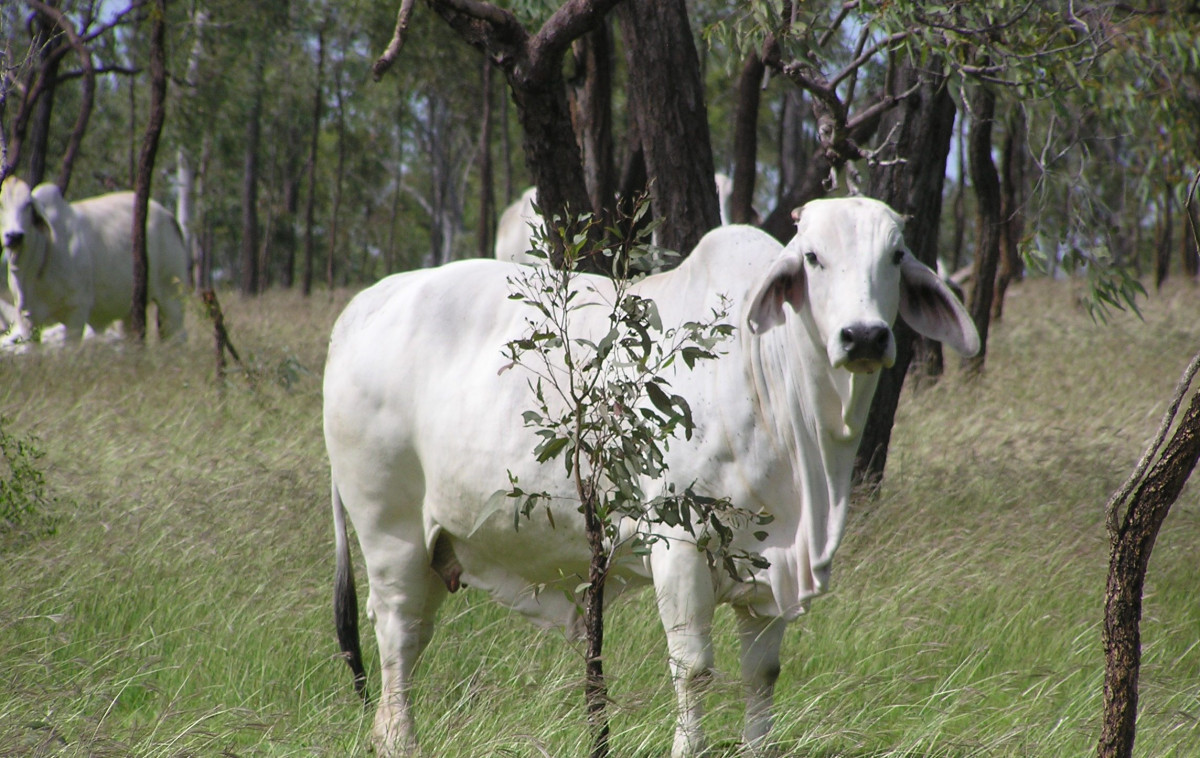
Evidence Statement
The synthesis of the evidence for Question 3.5 was based on 162 studies undertaken mostly in the Great Barrier Reef catchments (with Australian literature also included if relevant), published between 1990 and 2022. The synthesis includes a Moderate diversity of study types (29% observational from Great Barrier Reef, 27% observational from broader Australia, 25% reviews and 19% modelling), and has a Moderate confidence rating for all land uses (based on Moderate consistency and Moderate overall relevance of studies across land uses).
Summary of findings relevant to policy or management action
The most effective management practices for reducing sediment and particulate nutrient loss from the Great Barrier Reef catchment area vary between land uses, but common practices across land uses include maintaining or reintroducing vegetation into landscapes (including pasture management and vegetation buffers), reducing the hydrological connectivity of flow pathways (via management of roads, drains, gullies etc.), and other practices that minimise soil runoff (such as green cane trash blanketing, zero/minimum tillage and controlled traffic farming). Agricultural areas downstream of dams and closer to the coast lead to higher rates of sediment and particulate nutrient delivery to the coast, therefore the spatial location of sites needs to be considered when estimating management practice effectiveness and translating between the farm site, and ecosystems downstream. There is a lack of data on the cost and production implications of those interventions, and there is not always a “win-win” scenario between improving water quality and increasing profit. For most land uses very few studies have evaluated changes at the whole-of-business level including productivity. The quantity, diversity, and spatial relevance of studies was considerably lower in the evidence for bananas/horticulture, urban and roads compared to grazing, sugarcane and cropping.
Supporting points
- The greatest proportion of total fine sediment loads exported to the Great Barrier Reef are from grazing areas, followed by ‘other’ land uses (nature conservation, forestry, roads, dairy), sugarcane, cropping, urban and bananas/horticulture. Cropping, urban and bananas/horticulture can generate high loads per unit area, but the overall areas are relatively small.
- In grazing lands (32 studies), effective practices include moderate and adaptive stocking rates, minimum ground cover levels maintained above 40%, but are most effective when ≥70%, regular periods of strategic rest from grazing (especially in the early wet season), cattle exclusion from fragile land-types, soil amelioration and pasture establishment to assist recovery of large areas of low cover or bare ground, and consideration of vegetation buffers (especially near drainage areas and when using fire as a management tool). The effectiveness of these management practices varies spatially and under different climatic conditions.
- In sugarcane lands (24 studies), effective practices include the gradual elimination of water furrows following laser-levelling and repairing eroding drain banks (more effective for coarse sediment), green cane trash blanketing, zero tillage and controlled traffic farming. Other practices associated with higher overall costs include sediment traps, precision farming, and river and stream bank stabilisation. There is significant heterogeneity in cost estimates and farm gross margins between regions and (to a lesser extent) across farm sizes.
- In cropping lands (40 studies), effective practices include the use of contour banks and soil conservation structures on cropping lands >1% slope, retention of crop residues (stubble), reduced tillage, crop rotation and retaining ground cover to reduce erosion and improve yield. The additional benefits of cropping best practice have been demonstrated repeatedly, including improved economic viability and productivity, across different soils and mechanisation systems.
- Banana and horticulture (16 studies) practices generally align with cropping and sugarcane. Grass buffer strips can provide between 30 and 50% trapping efficiency for fine sediment in bananas. There is limited information on the economic outcomes of practices and production outcomes.
- In urban areas (36 studies, all external to the Great Barrier Reef), effective practices aim to reduce runoff and are linked to improving filtration, hydrological connectivity of impervious surfaces, and greater runoff retention times. Combining treatments into treatment trains (which are a set of hydrologically linked treatments) is more effective than single treatments. For most technologies, there is a relative paucity of reliable field data and few studies that provided any cost or cost-effectiveness data.
- For roads (14 studies, all external to the Great Barrier Reef), effective practices include revegetation on roadsides, engineering drainage design, and specific erosion control measures such as the use of erosion control blankets, geotextiles, silt fences and compost/mulch. For unsealed roads, road surface gravelling can also be effective, however, this varies with gravel type. While there are guidelines for road management relevant to construction and maintenance, there are limited studies of the water quality and cost outcomes of treatments. The distribution, density and water quality impacts of roads is not documented.
- Overall, the evidence for all land uses was limited by a lack of measured (as opposed to modelled) runoff and water quality field data combined with land management practice and cost information to demonstrate improvements for many practices.
- There is high variability in the cost-effectiveness of practices at the farm/project scale which is driven by several factors including a wide range of different practices and economic returns, location within the landscape and factors relating to sediment mobilisation and delivery. The way that cost-effectiveness is assessed between projects and programs is also inconsistent. Therefore, there are substantial benefits in prioritising projects for investment at the regional scale based on the key metrics of interest (e.g., sediment reductions) before applying cost-effective metrics at smaller scales.
- Information on the best management practices for reducing sediment export and their impacts on agricultural production and profitability (all land uses), roads and urban systems is a significant knowledge gap and is considered important for increasing uptake of practices to improve water quality outcomes across all land uses in the Great Barrier Reef catchment area.
